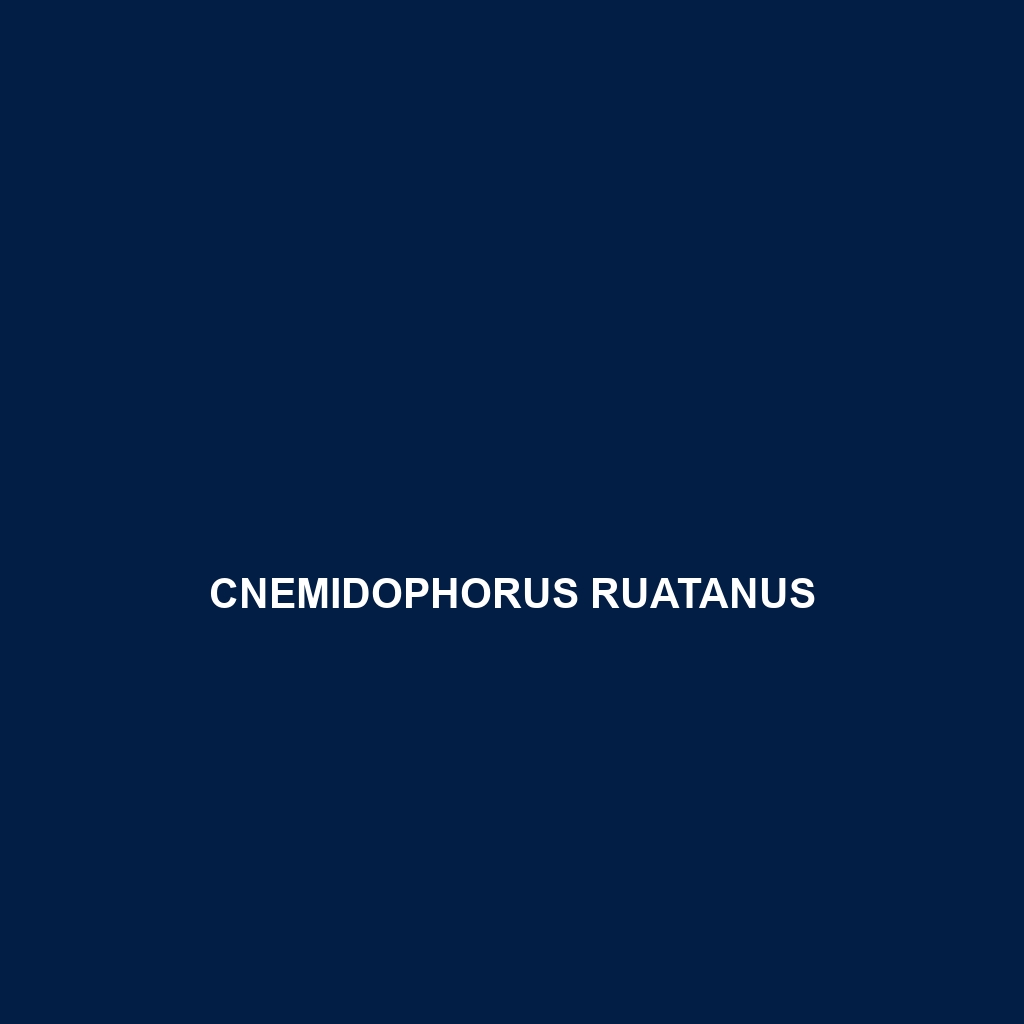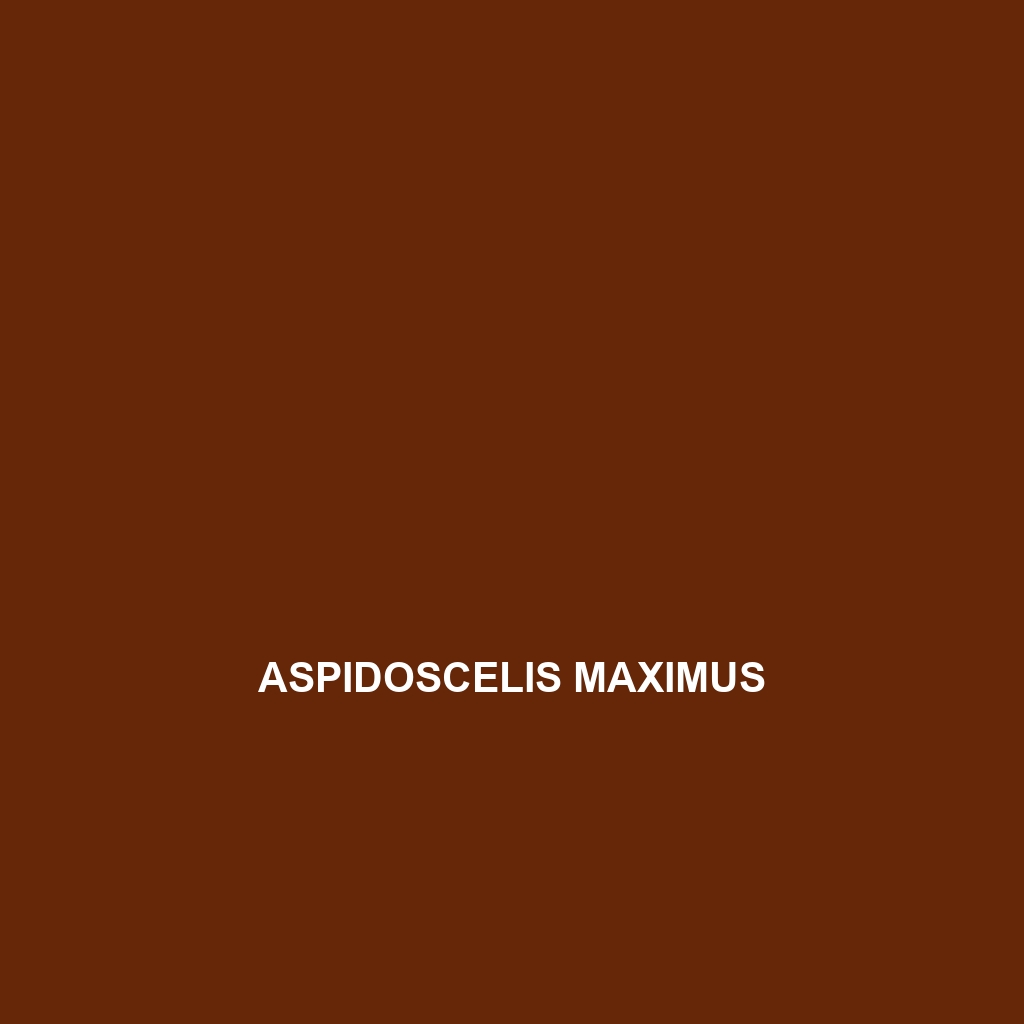Discover the mourning gecko (Lepidodactylus lugubris), a resilient and adaptable reptile found in tropical regions, known for its unique ability to reproduce parthenogenetically and exceptional camouflage. This nocturnal insectivore thrives in various habitats, playing a crucial role in controlling insect populations and supporting biodiversity.
Tag: parthenogenesis
Lepidodactylus babuyanensis
Lepidodactylus babuyanensis, or the Babuyan skink, is a versatile, insectivorous species found in the Babuyan Islands of the Philippines, known for its unique climbing abilities and distinct coloration. This nocturnal skink is classified as vulnerable due to habitat loss, playing a crucial role in maintaining ecological balance as both a predator and prey within its environment.
Cnemidophorus ruatanus
<p><b>Cnemidophorus ruatanus</b>, also known as the Ruatan whiptail lizard, is a medium-sized, agile lizard native to the tropical forests of Roatan, Honduras, characterized by its striking greenish-brown coloration and ability to reproduce through parthenogenesis. This <b>vulnerable</b> species plays a crucial role in controlling insect populations and serves as a food source for larger predators, highlighting its importance in the local ecosystem.</p>
Aspidoscelis tigris
Discover the Aspidoscelis tigris, or tiger whiptail, a vibrant lizard native to the southwestern United States and Mexico, known for its distinctive dark stripes and agile nature. This diurnal species thrives in various habitats, feeding on insects and playing a crucial role in its ecosystem.
Aspidoscelis angusticeps
<div class="woocommerce-product-details__short-description"> <p>The <i>Aspidoscelis angusticeps</i>, commonly known as the slender whiptail, is a diurnal lizard found in arid regions of the southwestern United States, characterized by its slender body, elongated head, and a diet primarily consisting of insects. This species exhibits unique reproductive traits, including the ability to reproduce through parthenogenesis, and plays an important role in controlling insect populations in its ecosystem.</p> </div>
Aspidoscelis maximus
<p>The <b>Aspidoscelis maximus</b>, or Great Plains Whiptail, is a medium-sized lizard known for its brownish-gray coloration and distinctive stripes, primarily found in the grasslands and deserts of the central and southwestern United States. This agile, diurnal species primarily feeds on insects and exhibits unique asexual reproduction through parthenogenesis.</p>








